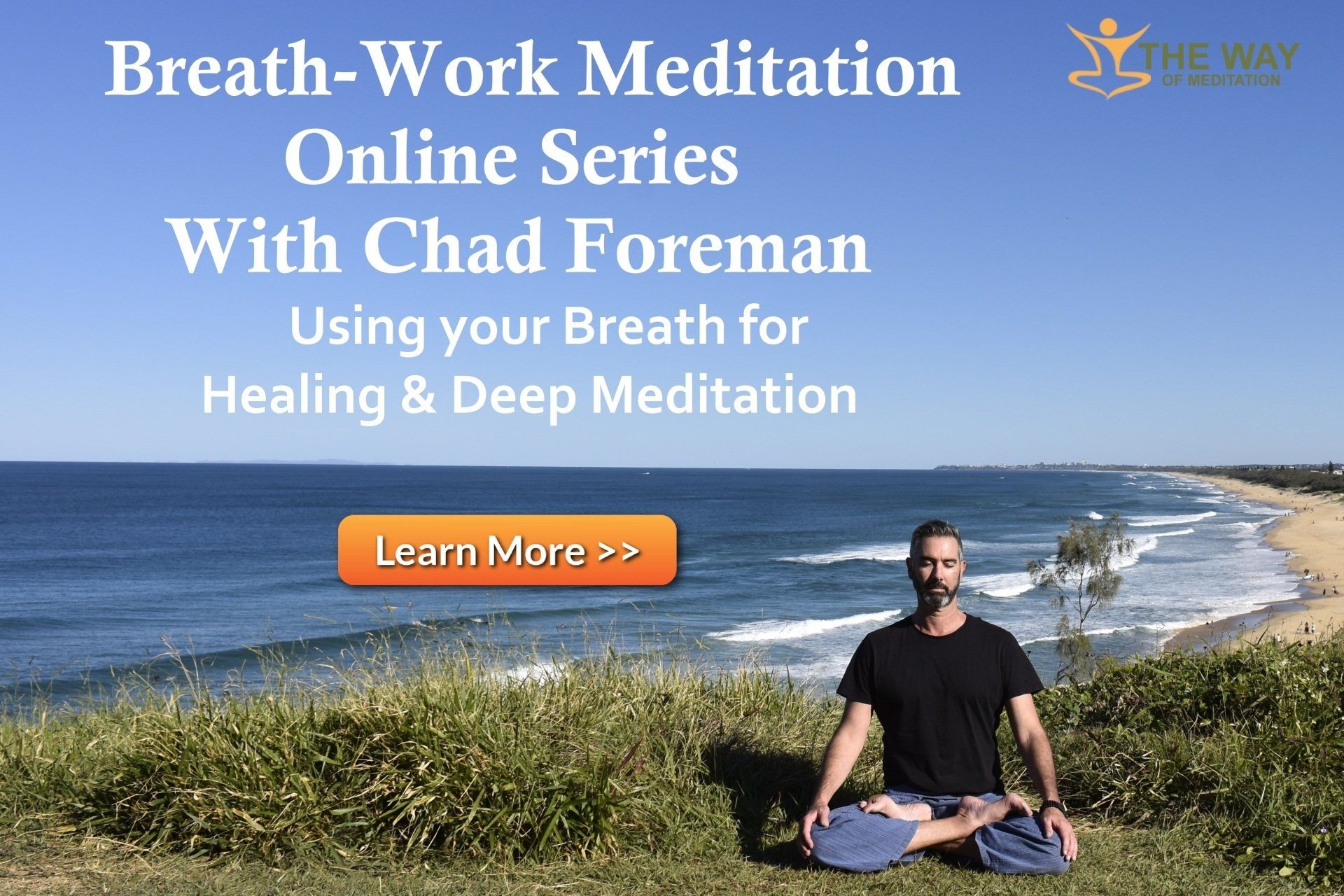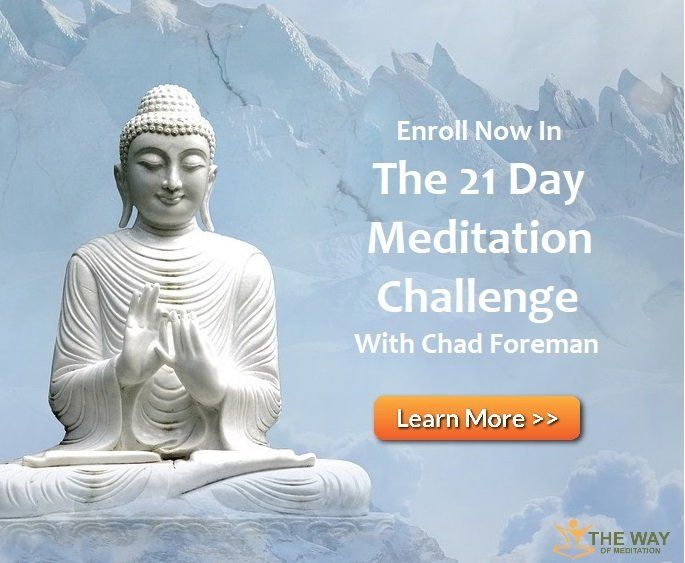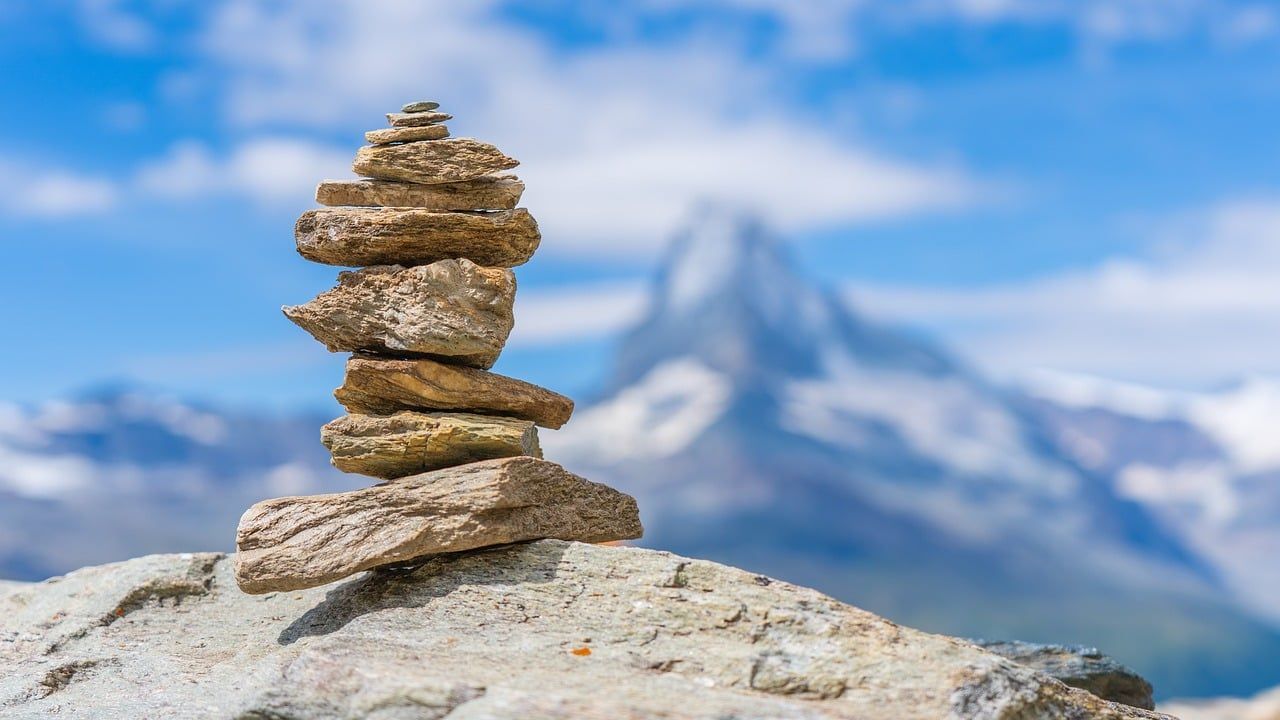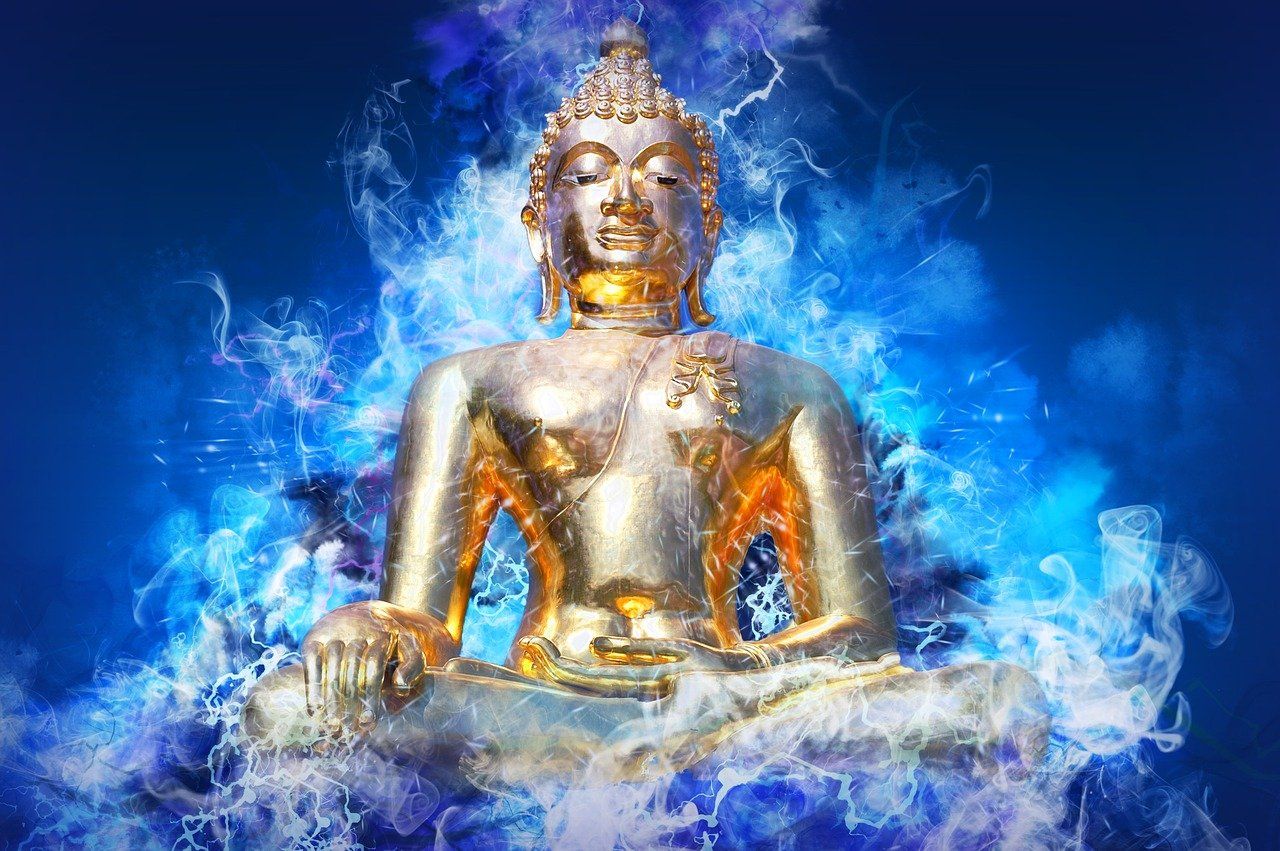How to Balance Effort & Effortlessness in Meditation
Effortless Meditation
Recently I clicked on an advertisement on Facebook that was promoting effortless mindfulness. I’ve seen plenty of these ads recently, so I wanted to check out what other meditation teachers were calling ‘effortless’. I was disappointed to learn that they didn't really mean effortless in the same way I understand it, and were using the term effortless as more of a buzz word than literally. A mindfulness system re-branded as effortless perhaps.
The word effortless in meditation usually has a specific meaning and is often related to non-dual traditions that teach the perfection of awareness is already present and therefore any effort to achieve something you already are is misguided and misleading. Effortless meditation is called non-meditation in Tantric Tibetan Buddhist lineages and is often related to the just sitting of Zazen meditation found in Soto Zen Buddhism.
Effortless meditation requires no adjustments, no manipulation, no expectations and no goals. As the instructions go – there is nothing to remove and nothing to add, there’s literally nothing to do and therefore it’s called effortless. It’s also called the natural state of meditation because you don’t create it you simply recognise the open presence of awareness already available and present.
These days it seems people are using the term effortless to mean easy or even fun but it can muddy the waters of meditation and is not really effortless at all. What I described above as effortless is known as the highest perspective in meditation wisdom traditions, but you can start to experience effortless meditation in simple mindfulness practices too, in fact it’s important you do.
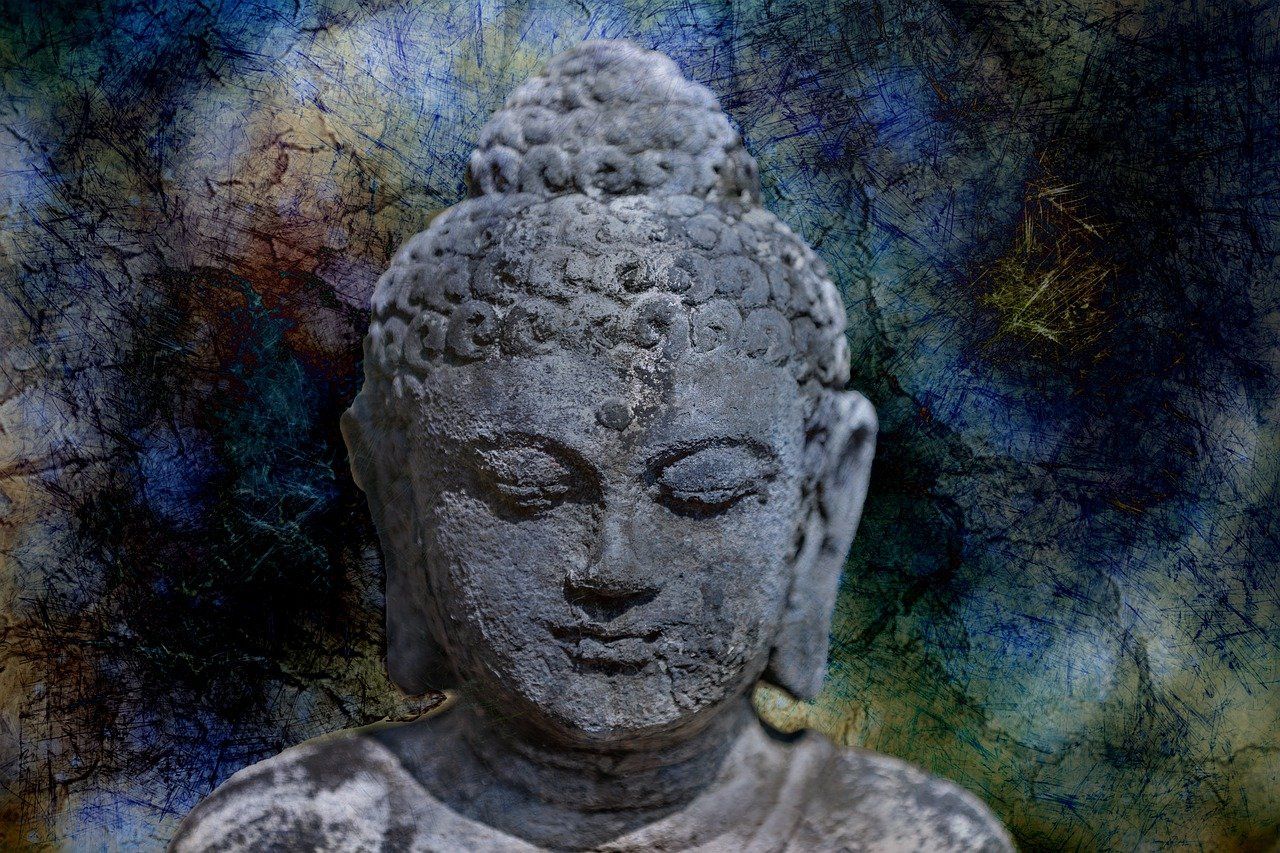
The Right Amount of Effort in Meditation
Firstly effort in meditation is not a dirty word. Diligence, patience, and persistence have long been a stable backbone of meditation training and have their place. Also, to start meditation it’s vitally important to know what to do and what not to do. It takes skill that becomes increasingly more subtle to become self-aware of the processes of the mind.
You can read my instructions for essential meditation practice
HERE where I balance the effort of mindfulness with the non-effort of just being in meditation.
The key element and effort required in mindfulness meditation is to know when you are focusing on your object of meditation, usually your breath, and when you're distracted. When you notice you’re distracted, you use effort to guide the mind back to the task at hand.
In classical Buddhism there is a meta cognition at work diligently watching and making sure you’re performing your task of not getting distracted. This internal ‘watchdog’ also ensures that you’re not too sleepy and you’re not too excited even when you’re not distracted and your paying attention to your object of meditation.
All this requires effort and diligence and becomes the familiar playground of the meditator. Watching your attention and making big and subtle adjustments. If you’re too sleepy you need to adjust yourself to awaken more and if you’re too excited, you need to adjust yourself to calm down.
So essentially it takes effort to keep watch and make adjustments to your attention. However, if you don’t discover the effortless part of this process you can remain in this effortful practice of meditation for years without ever realizing a calm mind. It can make you hyper vigilant and meditation can even turn into a stressful practice.
Getting the Balance Right
The actual effortlessness in mindfulness meditation is learning when to do nothing. When you’re distracted that’s not the time to do nothing, that’s when you need effort to bring the mind home to the present object. But once you’re attention is settled on the breath you can start to do less and less until you’re doing nothing at all. The reason this works is because clear non-distracted presence is actually a natural part of the nature of mind. The effort of mindfulness is to clear away distraction to uncover the potential of your natural calm presence.
Once you’ve caught distraction and guided your attention back home to the present moment and you’ve caught and adjusted to the subtle dullness and over excitement that muddy your clarity, you can now relax and do nothing. This is the effortless part of mindfulness; to abide on your object of meditation simply and calmly without making any adjustments or modifications at all.
This is the real effortlessness of mindfulness meditation. Tibetan masters would instruct that at this point there’s nothing to do, nothing to add and nothing to remove. I usually call it ‘just being’ in my instructions.
To continually make adjustments and to think about whether your meditation is working or not just becomes another obstacle in an endless game of cat and mouse. This is called over applying effort which implies there needs to be a balance or at least the correct amount of effort before you let go.
It can be difficult to let go of the effort to adjust and modify your meditation but a good way to monitor progress is noticing your ability to watch the breath without controlling it. This is the key to doing nothing and letting go of effort to become the naturally calm observer. When you watch the breath the tendency is to control it. But when you can observe your breath ‘breathing itself’ you are well on the way to finding effortlessness.
To simply rest on the breath, doing nothing but paying attention, a certain calm presence of mind emerges. It’s becoming familiar with this calm presence that constitutes genuine meditation practice. The more familiar you become with this natural calm presence within formal meditation then you can begin to integrate this effortless wisdom into every aspect of your life. The art of doing nothing is the integrated ‘non-action’ into your everyday behaviour. You can read more about it
HERE.
In conclusion I’d like to leave you with a very powerful and simple meditation instruction from Tantric Buddhism which includes effort and non-effort, it says “there’s absolutely nothing to meditate on but don’t get distracted.” Here we have the effortless way to meditate which is not to focus on anything or strive for anything in particular but making effort to not get distracted from your natural effortless awareness.
Written by Chad Foreman
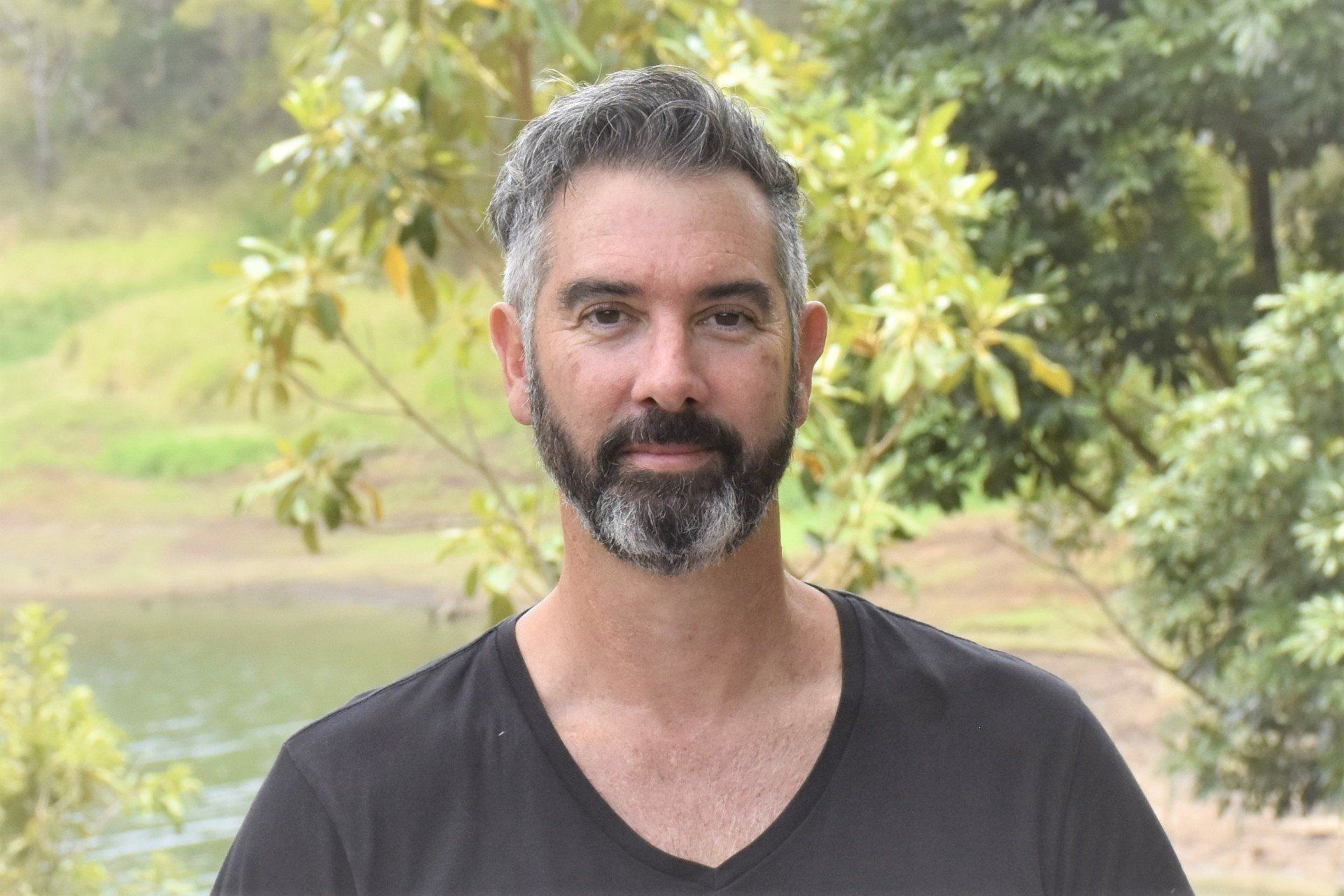
Chad Foreman is the founder of The Way of Meditation, has been teaching meditation since 2003, determined to bring authentic meditation practices into the lives of millions of people in the modern world. Chad is a former Buddhist monk who spent 6 years living in a retreat hut studying and practicing meditation full time and has now has over twenty years experience teaching meditation. Chad holds regular Meditation Retreats on the Sunshine Coast Australia, has Online Meditation Coaching, delivers three online programs - The 21 Day Meditation Challenge to help guide people gradually from the basics of mindfulness and relaxation to profound states of awareness. Breath-work to help manage stress and go deeper into meditation and The Bliss of Inner Fire which is a Buddhist tantric method for purifying energy blocks and contacting the clear light of bliss. You can also now get Chad's free e-book Insights Along the Way.
Get A FREE
Guided Meditation Series
with Chad Foreman





